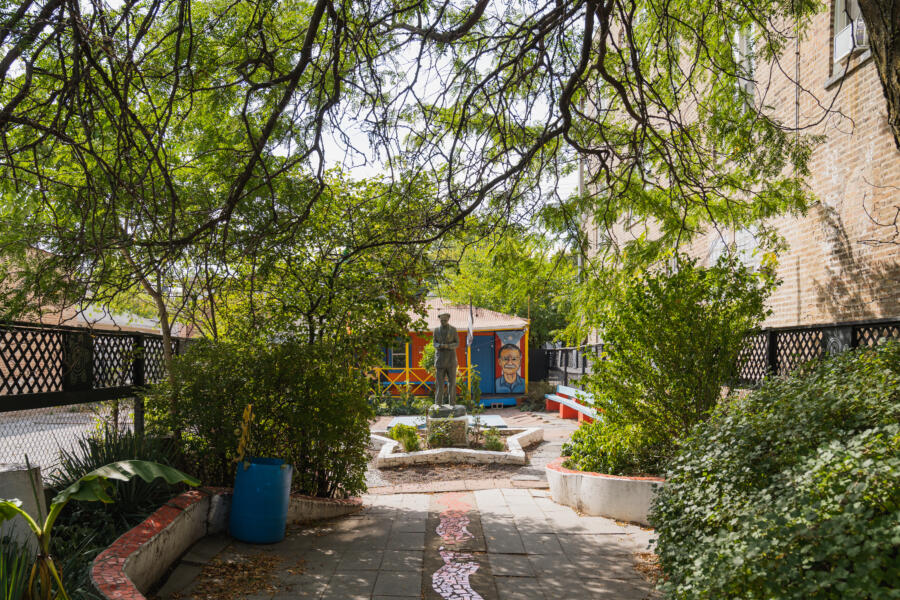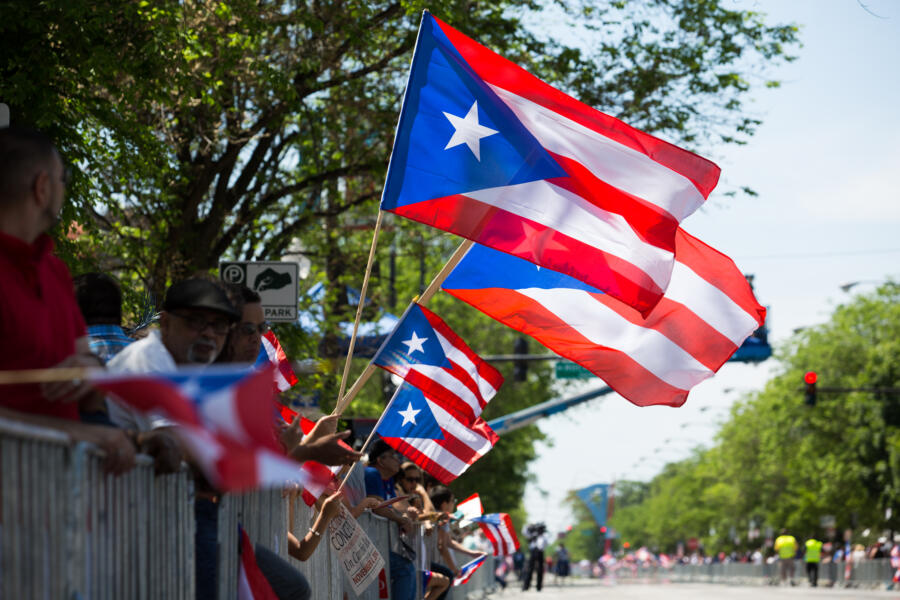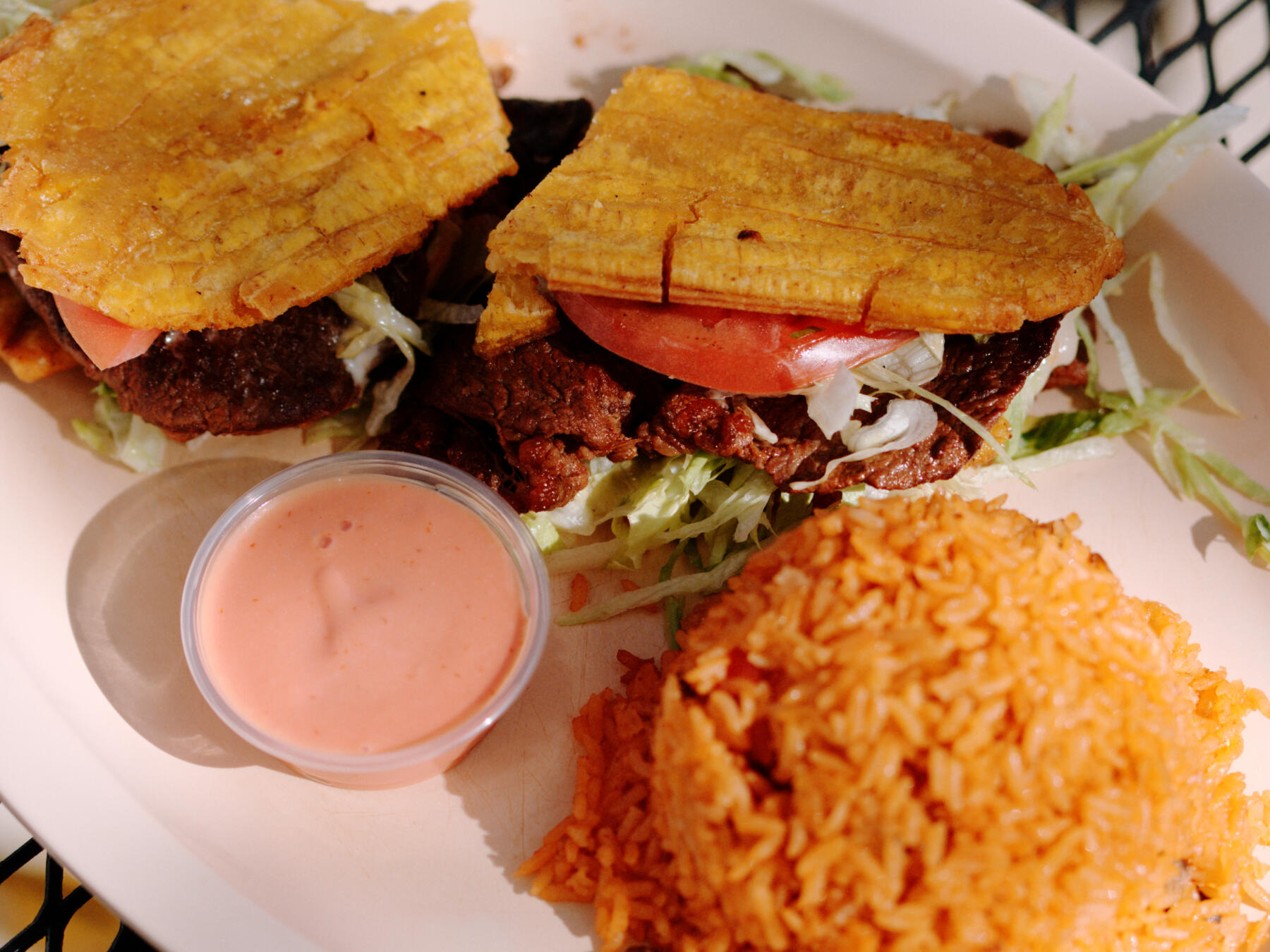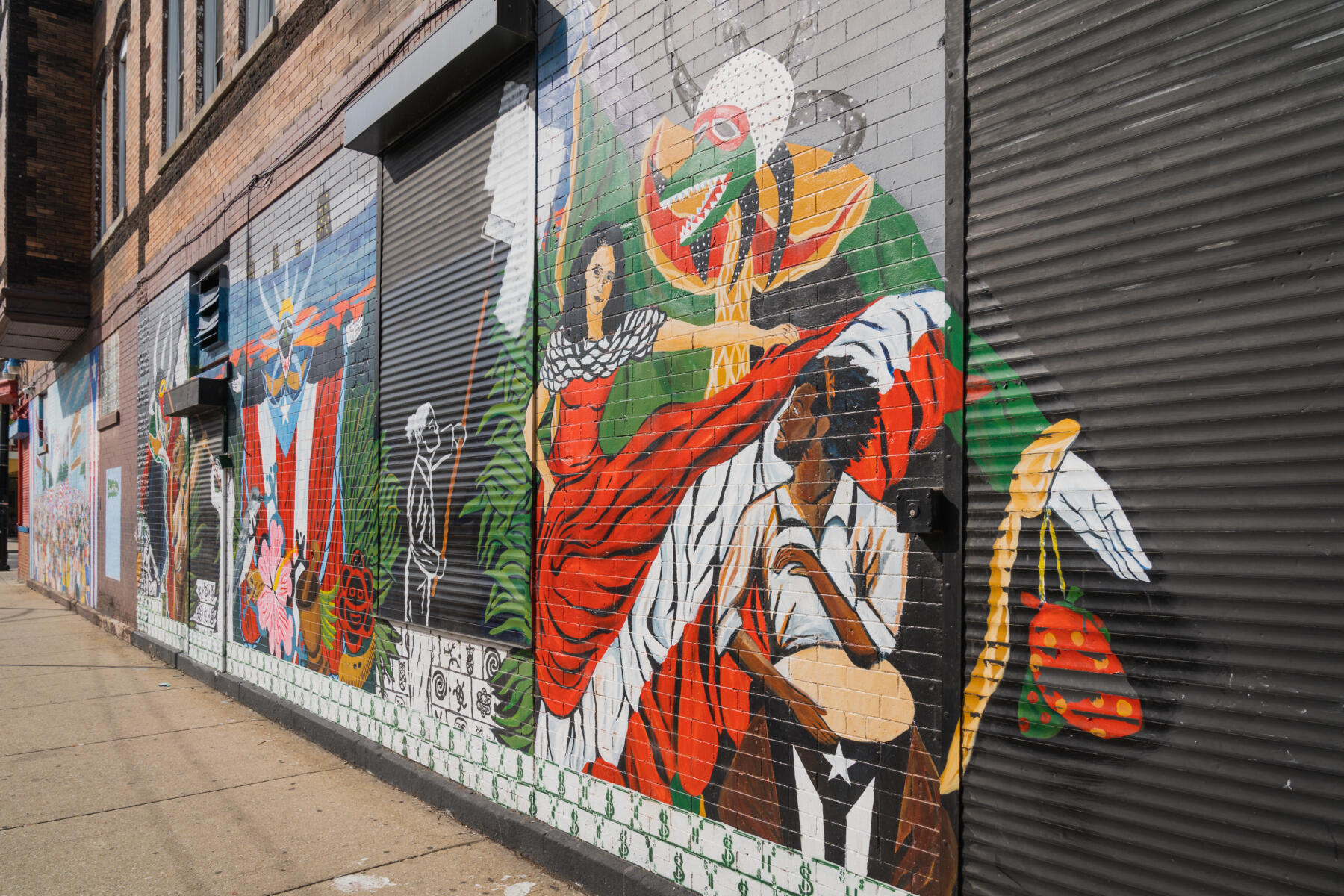Chicago’s Humboldt Park neighborhood is bursting with Puerto Rican culture, from its authentic family-owned restaurants to the colorful murals lining the bustling cultural corridor in the heart of the community.
Learn more about the history and heritage of this vibrant neighborhood from Eduardo Arocho, alifelong Humboldt Park resident and founder of Paseo Boricua Tour Company.
What makes the Humboldt Park neighborhood unique?
Humboldt Park has long been synonymous with the Puerto Rican community. Puerto Ricans started moving into the area in the early 1950s and the neighborhood is now home to the oldest Puerto Rican community in Chicago.
As the only official Puerto Rican Cultural District in the United States, tourists and locals alike have an opportunity to visit this culturally and historically unique corridor right here in the city of Chicago.

Where can people experience Puerto Rican art and culture in the neighborhood?
The National Museum of Puerto Rican Arts and Culture is the only museum in the United States dedicated to Puerto Rican art and culture. The museum features world-class exhibits by Puerto Rican artists from all over the United States and Puerto Rico. There’s also an exceptional gift shop with one-of-a-kind items made specifically for each exhibit and pieces made by local artists.

La Casita de Don Pedro is another must-visit location. It was built in 1997 by students of the Pedro Albizu Campos High School in the neighborhood. There is a garden and courtyard with a replica of a circa 1940s typical rural shack. Inside, there are unique works of art and craft as well as artifacts like Bomba drums and photos of 1950s rural life in Puerto Rico.
A newer community hangout is El Mercado del Pueblo. Local artisans display their crafts and a store sells Puerto Rican coffee and other hard-to-find candies and products made in Puerto Rico. It also has a small food court serving traditional Puerto Rican dishes.
What are some of your favorite restaurants for Puerto Rican cuisine in Humboldt Park?
Paseo Boricua has the distinction of having the city’s largest concentration of Puerto Rican eateries with full-service restaurants, bakeries, sandwich shops, pastry shops, cafés, and food trucks. They all have something unique to offer.
For pollo chon (roasted chicken), there’s no other place like Papa’s Cache Sabroso. This small family-owned restaurant has been on Paseo Boricua for nearly 20 years. They’ve received much praise in the media for their jibarito sandwiches, a local dish created in Chicago.
For a more traditional meal, I enjoy La Bruquena Restaurant. For 35 years, this family-run restaurant has been making delicious stuffed mofongos with your choice of Creole shrimp, pork, and other delicious accompaniments.
Nellie’s Restaurant offers a wonderful Puerto Rican weekend brunch with all the fixings. This includes an omelet station and a full buffet with arroz con gandules (rice and peas), fried chicken pieces, and traditional breakfast items like bacon, sausage, savory garlic potatoes, and much more.
Janellie’s Kitchen has a warm colorful atmosphere with murals decorating the wall that create a sense of being in Puerto Rico. You must try the jibarito sliders with several unique options to fill them with.
What are some of the most notable murals in the area?
Paseo Boricua is rich in murals. Visitors will find murals on walls ranging from several stories high to murals on the pavement sidewalks. My company, Paseo Boricua Tour Company, provides guided tours of some of the over 90 murals painted from 1980 to this year within the half-mile stretch between the Gateway Flags.
Cristian Roldan-Aponte has become the most prolific muralist on Paseo Boricua with over a dozen murals so far, including Whitewashed (2017) & 1966 Uprising (2016).
Started in 2016, the Doors of Paseo Boricua Mural Project includes 18 murals painted on doors along the corridor by 13 different artists. This project was led by renowned Chicago muralist Sam Kirk.
Birds of Latin America by Gamaliel Ramirez, painted in 1980, is the oldest mural on Paseo Boricua.
Near the Paseo Boricua, La Crucifixion de Don Pedro at the corner of Artesian and North Avenue is one of the oldest outdoor community murals in the United States, first painted in 1971 by the Puerto Rican Artists Association.
Why is cultural preservation so important to communities like Humboldt Park?
Gentrification erases the history of the community that was there before. The Puerto Rican community in Chicago has had a presence in many neighborhoods. Each time the Puerto Rican community moved, they experienced increased poverty.

The planners of Paseo Boricua realized they needed to do something to stabilize the constant displacement of the community. So they came up with the concept of “Plantando Bandera,” literally meaning planting a flag, to create a zone of stability for the community.
The work to preserve the area’s Puerto Rican culture has become an important attraction and economic engine for Humboldt Park.
How has the Humboldt Park neighborhood evolved over the years through your eyes?
I’ve spent most of my life in Humboldt Park. The neighborhood has changed enormously in the five decades since I was born, with new developments replacing the many vacant lots that were prevalent in the ‘70s and ‘80s.
Today, I live in a new affordable building called the Paseo Boricua Arts Building. From my window, I can see more affordable housing currently being built on the street that will continue to change the area, but not by displacing more long-term residents like me.
I am glad to still be here to witness the community working to preserve its long history and the character of the neighborhood. The future looks bright for Humboldt Park.








